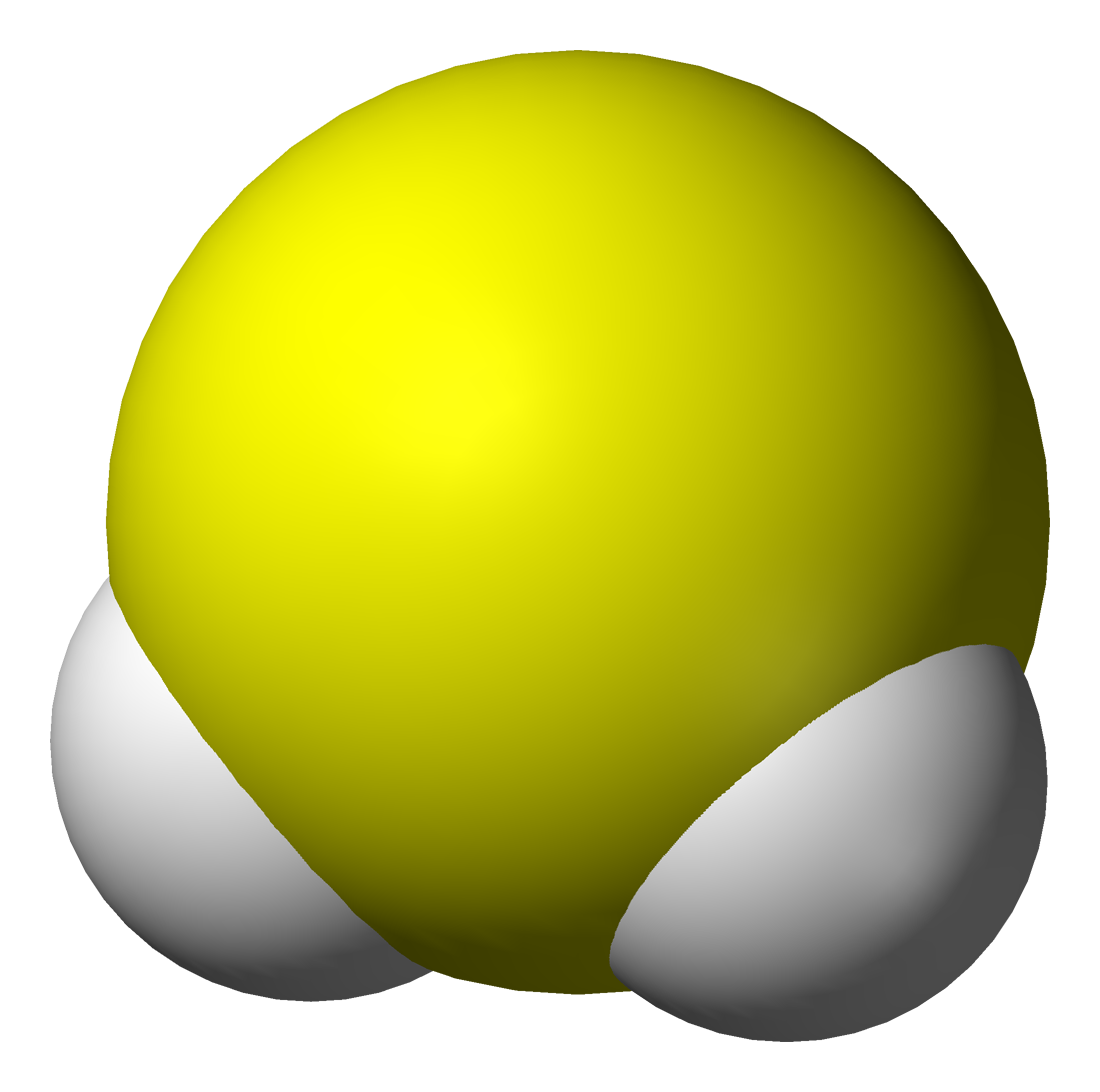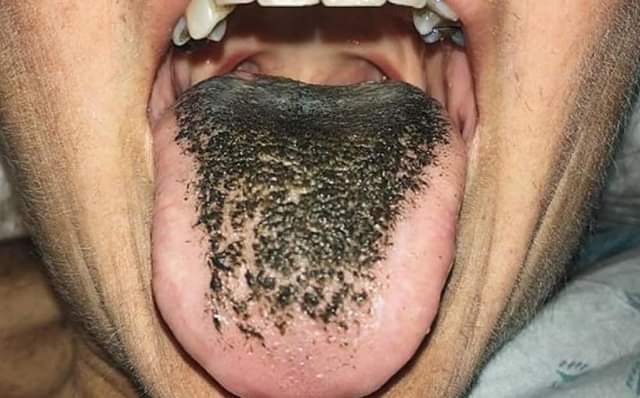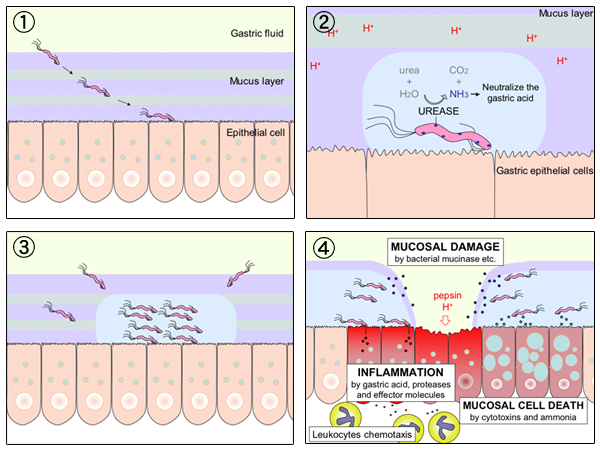|
Bismuth Subsalicylate
Bismuth subsalicylate, sold generically as pink bismuth and under brand names including Pepto-Bismol, Pepti-Calm, and BisBacter, is a medication used to treat temporary discomfort of the stomach and gastrointestinal tract. This includes an upset stomach, heartburn, or other similar symptoms. Bismuth subsalicylate has the empirical chemical formula C7H5BiO4, and is a colloidal substance obtained by hydrolysis of bismuth salicylate (Bi(C6H4(OH)CO2)3). Medical uses As a derivative of salicylic acid, bismuth subsalicylate displays anti-inflammatory and bactericidal action. It also acts as an antacid. Mechanism of action Bismuth subsalicylate is used as an antacid and antidiarrheal, and to treat some other gastrointestinal symptoms, such as nausea. The means by which this occurs is still not well documented. It is thought to be some combination of the following: [...More Info...] [...Related Items...] OR: [Wikipedia] [Google] [Baidu] |
Bismuth Subsalicylate Molecular Structure
Bismuth is a chemical element; it has symbol Bi and atomic number 83. It is a post-transition metal and one of the pnictogens, with chemical properties resembling its lighter group 15 siblings arsenic and antimony. Elemental bismuth occurs naturally, and its sulfide and oxide forms are important commercial ores. The free element is 86% as dense as lead. It is a brittle metal with a silvery-white color when freshly produced. Surface oxidation generally gives samples of the metal a somewhat rosy cast. Further oxidation under heat can give bismuth a vividly iridescent appearance due to thin-film interference. Bismuth is both the most diamagnetic element and one of the least thermally conductive metals known. Bismuth was formerly understood to be the element with the highest atomic mass whose nuclei do not spontaneously decay. However, in 2003 it was found to be very slightly radioactive. The metal's only primordial isotope, bismuth-209, undergoes alpha decay with a half-life roug ... [...More Info...] [...Related Items...] OR: [Wikipedia] [Google] [Baidu] |
Escherichia Coli
''Escherichia coli'' ( )Wells, J. C. (2000) Longman Pronunciation Dictionary. Harlow ngland Pearson Education Ltd. is a gram-negative, facultative anaerobic, rod-shaped, coliform bacterium of the genus '' Escherichia'' that is commonly found in the lower intestine of warm-blooded organisms. Most ''E. coli'' strains are part of the normal microbiota of the gut, where they constitute about 0.1%, along with other facultative anaerobes. These bacteria are mostly harmless or even beneficial to humans. For example, some strains of ''E. coli'' benefit their hosts by producing vitamin K2 or by preventing the colonization of the intestine by harmful pathogenic bacteria. These mutually beneficial relationships between ''E. coli'' and humans are a type of mutualistic biological relationship—where both the humans and the ''E. coli'' are benefitting each other. ''E. coli'' is expelled into the environment within fecal matter. The bacterium grows massi ... [...More Info...] [...Related Items...] OR: [Wikipedia] [Google] [Baidu] |
Bismuth Sulfide
Bismuth(III) sulfide () is a chemical compound of bismuth and sulfur. It occurs in nature as the mineral bismuthinite. Synthesis Bismuth(III) sulfide can be prepared by reacting a bismuth(III) salt with hydrogen sulfide: : Bismuth (III) sulfide can also be prepared by the reaction of elemental bismuth and elemental sulfur in an evacuated silica tube at 500 °C for 96 hours. : Properties Bismuth(III) sulfide is isostructural with stibnite (stibnite is one of the forms of antimony(III) sulfide). Bismuth atoms are in two different environments, both of which have 7 coordinate Bismuth atoms, 4 in a near planar rectangle and three more distant making an irregular 7-coordination group. It can react with acids to produce the odoriferous hydrogen sulfide gas. Bismuth(III) sulfide may be produced in the body by the reaction of the common gastrointestinal drug bismuth subsalicylate Bismuth subsalicylate, sold generically as pink bismuth and under brand names including Pepto-B ... [...More Info...] [...Related Items...] OR: [Wikipedia] [Google] [Baidu] |
Sulfur
Sulfur ( American spelling and the preferred IUPAC name) or sulphur ( Commonwealth spelling) is a chemical element; it has symbol S and atomic number 16. It is abundant, multivalent and nonmetallic. Under normal conditions, sulfur atoms form cyclic octatomic molecules with the chemical formula S8. Elemental sulfur is a bright yellow, crystalline solid at room temperature. Sulfur is the tenth most abundant element by mass in the universe and the fifth most common on Earth. Though sometimes found in pure, native form, sulfur on Earth usually occurs as sulfide and sulfate minerals. Being abundant in native form, sulfur was known in ancient times, being mentioned for its uses in ancient India, ancient Greece, China, and ancient Egypt. Historically and in literature sulfur is also called brimstone, which means "burning stone". Almost all elemental sulfur is produced as a byproduct of removing sulfur-containing contaminants from natural gas and petroleum.. Downloahere Th ... [...More Info...] [...Related Items...] OR: [Wikipedia] [Google] [Baidu] |
Feces
Feces (also known as faeces American and British English spelling differences#ae and oe, or fæces; : faex) are the solid or semi-solid remains of food that was not digested in the small intestine, and has been broken down by bacteria in the large intestine. Feces contain a relatively small amount of metabolic waste products such as bacterially-altered bilirubin and dead epithelial cells from the lining of the gut. Feces are discharged through the anus or cloaca during defecation. Feces can be used as fertilizer or soil conditioner in agriculture. They can also be burned as dry animal dung fuel, fuel or dried and used for wattle and daub, construction. Some medicinal uses have been found. In the case of human feces, fecal transplants or fecal bacteriotherapy are in use. Urine and feces together are called excretion, excreta. Characteristics The distinctive odor of feces is due to skatole, and thiols (sulfur-containing compounds), as well as amines and carboxylic acids. Sk ... [...More Info...] [...Related Items...] OR: [Wikipedia] [Google] [Baidu] |
Black Hairy Tongue
Black hairy tongue syndrome (BHT) is a condition of the tongue in which the small bumps on the tongue elongate with black or brown discoloration, giving a black and hairy appearance. The appearance may be alarming, but it is a harmless condition. Predisposing factors include smoking, xerostomia (dry mouth), soft diet, poor oral hygiene and certain medications. Management is facilitated by improving oral hygiene, especially scraping or brushing the tongue. Signs and symptoms Hairy tongue largely occurs in the central part of the dorsal tongue, just anterior (in front) of the circumvallate papillae, although sometimes the entire dorsal surface may be involved. Discoloration usually accompanies hairy tongue, and may be yellow, brown or black. Apart from the appearance, the condition is typically asymptomatic, but sometimes people may experience a gagging sensation or a bad taste. There may also be associated oral malodor (intra-oral halitosis). The term "melanoglossia' is als ... [...More Info...] [...Related Items...] OR: [Wikipedia] [Google] [Baidu] |
Adverse Effect
An adverse effect is an undesired harmful effect resulting from a medication or other intervention, such as surgery. An adverse effect may be termed a "side effect", when judged to be secondary to a main or therapeutic effect. The term complication is similar to adverse effect, but the latter is typically used in pharmacological contexts, or when the negative effect is expected or common. If the negative effect results from an unsuitable or incorrect dosage or procedure, this is called a medical error and not an adverse effect. Adverse effects are sometimes referred to as " iatrogenic" because they are generated by a physician/treatment. Some adverse effects occur only when starting, increasing or discontinuing a treatment. Using a drug or other medical intervention which is contraindicated may increase the risk of adverse effects. Adverse effects may cause complications of a disease or procedure and negatively affect its prognosis. They may also lead to non-compliance wi ... [...More Info...] [...Related Items...] OR: [Wikipedia] [Google] [Baidu] |
Helicobacter Pylori
''Helicobacter pylori'', previously known as ''Campylobacter pylori'', is a gram-negative, Flagellum#bacterial, flagellated, Bacterial cellular morphologies#Helical, helical bacterium. Mutants can have a rod or curved rod shape that exhibits less virulence. Its Helix, helical body (from which the genus name ''Helicobacter'' derives) is thought to have evolved to penetrate the gastric mucosa, mucous lining of the stomach, helped by its flagella, and thereby establish infection. While many earlier reports of an association between bacteria and the ulcers had existed, such as the works of John Lykoudis, it was only in 1983 when the bacterium was formally described for the first time in the English-language Western literature as the causal agent of peptic ulcer, gastric ulcers by Australian physician-scientists Barry Marshall and Robin Warren. In 2005, the pair was awarded the Nobel Prize in Physiology or Medicine for their discovery. Infection of the stomach with ''H. pylori'' doe ... [...More Info...] [...Related Items...] OR: [Wikipedia] [Google] [Baidu] |
Traveler's Diarrhea
Travelers' diarrhea (TD) is a stomach and intestinal infection. TD is defined as the passage of unformed stool (one or more by some definitions, three or more by others) while traveling. It may be accompanied by abdominal cramps, nausea, fever, headache and bloating. Occasionally dysentery may occur. Most travelers recover within three to four days with little or no treatment. About 12% of people may have symptoms for a week. Bacteria are responsible for more than half of cases, typically via foodborne illness and waterborne diseases. The bacteria enterotoxigenic ''Escherichia coli'' (ETEC) are typically the most common except in Southeast Asia, where '' Campylobacter'' is more prominent. About 10 to 20 percent of cases are due to norovirus. Protozoa such as ''Giardia'' may cause longer term disease. The risk is greatest in the first two weeks of travel and among young adults. People affected are more often from the developed world. Recommendations for prevention include eat ... [...More Info...] [...Related Items...] OR: [Wikipedia] [Google] [Baidu] |
Enterotoxigenic Escherichia Coli
Enterotoxigenic ''Escherichia coli'' (ETEC) is a type of ''Escherichia coli'' and one of the leading bacterial causes of diarrhea in the developing world, as well as the most common cause of travelers' diarrhea. Insufficient data exists, but conservative estimates suggest that each year, about 157,000 deaths occur, mostly in children, from ETEC. A number of pathogenic isolates are termed ETEC, but the main hallmarks of this type of bacterium are expression of one or more enterotoxins and presence of fimbriae used for attachment to host intestinal cells. The bacterium was identified by the Bradley Sack lab in Kolkata in 1968. Signs and symptoms Infection with ETEC can cause profuse, watery diarrhea with no blood or leukocytes and abdominal cramping. Fever, nausea with or without vomiting, chills, loss of appetite, headache, muscle aches and bloating can also occur, but are less common. Pathogenic factors Attachment ETEC use fimbrial colonization factor (CF) or coli surface (C ... [...More Info...] [...Related Items...] OR: [Wikipedia] [Google] [Baidu] |
Bismuth Hydroxide
Bismuth hydroxide () is a non-fully characterised chemical compound of bismuth. It is produced as white flakes when alkali is added to a solution of a bismuth salt and is usually described as bismuth oxide hydrate or bismuth hydrate. Upon heating to 400°C, bismuth hydroxide decomposes to bismuth(III) oxide. Uses Bismuth hydrate is a component used in milk of bismuth which is used in gastrointestinal disorders as a protective agent. Aqueous ammonia reacts with bismuth(III) ions to precipitate white bismuth hydroxide. It is used as an absorbent, and in the hydrolysis of ribonucleic acid. It is also used in the isolation of plutonium from irradiated uranium Uranium is a chemical element; it has chemical symbol, symbol U and atomic number 92. It is a silvery-grey metal in the actinide series of the periodic table. A uranium atom has 92 protons and 92 electrons, of which 6 are valence electrons. Ura .... References Bismuth compounds {{gastrointestinal-drug-stub ... [...More Info...] [...Related Items...] OR: [Wikipedia] [Google] [Baidu] |
Bismuth Oxychloride
Bismuth oxychloride is an inorganic compound of bismuth with the formula Bi O Cl. It is a lustrous white solid used since antiquity, notably in ancient Egypt. Light wave interference from its plate-like structure gives a pearly iridescent light reflectivity similar to nacre. Previously, until the last decade of the twentieth century, bismuth oxochloride was known as '' bismuthyl chloride''. It is also known as pigment ''pearl white''. Structure The structure of bismuth oxychloride can be thought of as consisting of layers of , and ions (in the image Bi = grey, O = red, Cl = green). These ions are ordered as Cl–Bi–O–Bi–Cl–Cl–Bi–O–Bi–Cl, i.e., with alternating anions (, ) and cations (). The layered structure gives rise to the pearlescent properties of this material. Focusing on the coordination environment of the individual ions, the bismuth centers adopt a distorted square antiprismatic coordination geometry. The Bi atom is coordinated to four Cl atoms, for ... [...More Info...] [...Related Items...] OR: [Wikipedia] [Google] [Baidu] |




